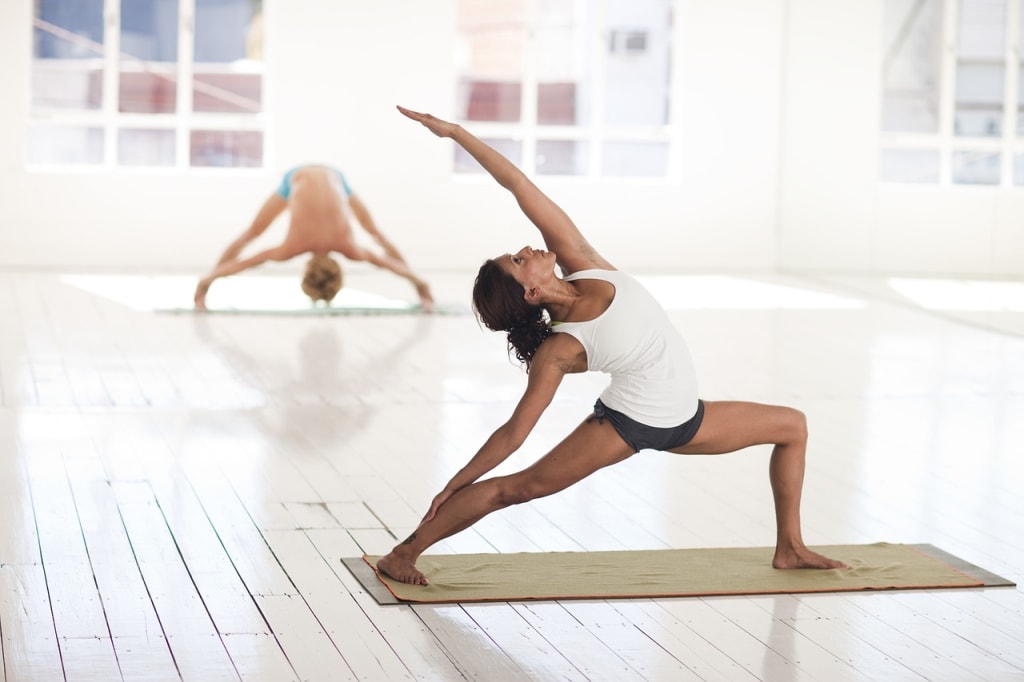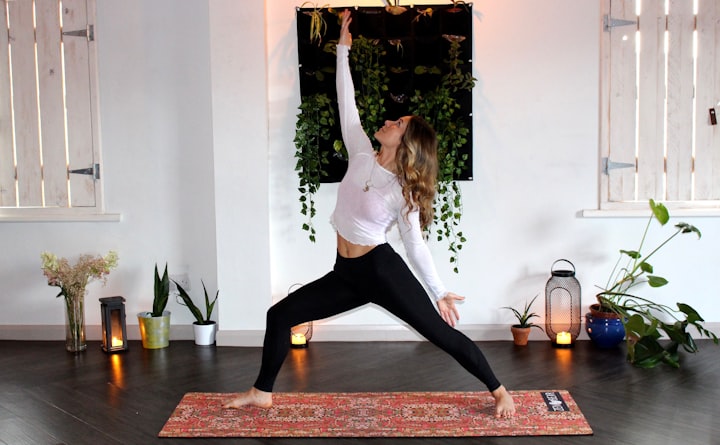
Vinyasa Yoga, a dynamic and fluid style of yoga, has gained popularity for its seamless integration of breath and movement. Derived from the Sanskrit word "vinyasa," meaning "to place in a special way," this style emphasizes a continuous flow of poses, creating a moving meditation. In this article, we delve into the essence of Vinyasa Yoga, exploring its origins, key principles, benefits, and how it can be incorporated into your yoga practice.
Origins and Philosophy of Vinyasa Yoga
Vinyasa Yoga draws its roots from the ancient practice of Ashtanga Yoga. It was popularized in the 20th century by renowned yoga teachers such as Sri Krishnamacharya and his student, Pattabi Jois. While Ashtanga Yoga follows a set sequence of poses, Vinyasa Yoga offers more flexibility and creativity, allowing teachers and practitioners to design sequences that suit individual needs and preferences.
At its core, Vinyasa Yoga is guided by the philosophy of moving with breath. The breath serves as a constant anchor, linking each movement to the inhalation and exhalation. The seamless transitions between poses create a fluidity that resembles a dance, with each breath serving as the rhythm guiding the practitioner's movement.
Principles of Vinyasa Yoga
Vinyasa Yoga is characterized by a few key principles that distinguish it from other styles of yoga:
Breath-Synchronized Movement:
The synchronization of breath and movement is fundamental to Vinyasa Yoga. Each movement is initiated or accompanied by an inhale or exhale, creating a harmonious flow. This conscious connection with the breath helps to deepen the practice, quiet the mind, and enhance body awareness.
Creative Sequencing:
Unlike more structured styles of yoga, Vinyasa Yoga allows for creative sequencing of poses. Teachers have the freedom to design sequences that address specific intentions, areas of focus, or themes. This flexibility makes Vinyasa Yoga accessible to practitioners of various levels and provides an opportunity for exploration and self-expression.
Sun Salutations:
Sun Salutations, or Surya Namaskar, are an integral part of Vinyasa Yoga. These sequences consist of a series of poses linked together with breath, creating a dynamic flow. Sun Salutations warm up the body, activate the muscles, and prepare practitioners for the deeper aspects of the practice.
Benefits of Vinyasa Yoga
Practicing Vinyasa Yoga offers a wide range of physical, mental, and spiritual benefits:
Physical Fitness and Strength:
The dynamic nature of Vinyasa Yoga provides a cardiovascular workout, increasing stamina and building strength. The continuous flow of movements engages multiple muscle groups, improving flexibility, balance, and coordination.
Mind-Body Connection:
The focus on breath and movement in Vinyasa Yoga promotes a heightened mind-body connection. By cultivating present-moment awareness, practitioners experience a state of flow, where the mind becomes fully absorbed in the practice. This deep connection helps to reduce stress, enhance concentration, and cultivate mindfulness.
Flexibility and Range of Motion:
The fluid transitions between poses in Vinyasa Yoga contribute to increased flexibility and improved range of motion. Regular practice can help to release tension in the muscles, joints, and connective tissues, promoting overall physical well-being.
Stress Reduction and Relaxation:
The rhythmic and meditative quality of Vinyasa Yoga induces a state of relaxation and stress reduction. The synchronized breath and movement serve as a moving meditation, calming the mind and soothing the nervous system. This can lead to improved mental clarity, reduced anxiety, and a greater sense of inner peace.
Creating a Vinyasa Yoga Practice
To incorporate Vinyasa Yoga into your practice, consider the following:
Find a Qualified Instructor:
Vinyasa Yoga can be physically demanding and requires proper alignment and guidance. Seek out a qualified instructor who can provide clear instructions, modifications, and ensure your safety throughout the practice.
Start with Sun Salutations:
Begin your Vinyasa practice with a few rounds of Sun Salutations. These sequences warm up the body, stretch major muscle groups, and establish a rhythmic flow. Gradually build up the number of rounds based on your fitness level and energy levels.
Focus on Breath Awareness:
Pay close attention to your breath throughout the practice. Coordinate each movement with an inhalation or exhalation, allowing the breath to guide your transitions. Maintain a steady and even breath, avoiding breath-holding or shallow breathing.
Modify and Listen to Your Body:
Vinyasa Yoga offers various modifications and variations for different poses. Listen to your body and honor its limitations. If a pose feels uncomfortable or painful, modify it or choose an alternative pose that suits your body. Remember, it's about finding the balance between challenge and ease.
Embrace the Flow:
Vinyasa Yoga is characterized by its flowing, continuous movement. Embrace the seamless transitions between poses, allowing your body to flow from one posture to another. Cultivate a sense of grace and ease as you connect breath and movement.
Explore Creativity:
Vinyasa Yoga provides an opportunity for self-expression and creativity. As you become more familiar with the practice, feel free to explore different poses, sequences, and variations. You can incorporate elements from other styles of yoga or integrate poses that target specific areas of the body.
End with Savasana:
Conclude your Vinyasa practice with Savasana, or Corpse Pose. Lie down on your back, close your eyes, and allow your body to completely relax. This final relaxation period allows your mind and body to integrate the benefits of the practice and promotes a deep sense of relaxation and rejuvenation.
Conclusion
Vinyasa Yoga offers a dynamic and transformative practice that combines breath and movement into a seamless flow. By embracing the principles of breath-synchronized movement, creative sequencing, and mindful transitions, practitioners can experience physical, mental, and spiritual benefits. Incorporating Vinyasa Yoga into your practice provides an opportunity to cultivate strength, flexibility, mindfulness, and a deep mind-body connection. Explore the fluidity and grace of Vinyasa Yoga, and allow this practice to guide you on a transformative journey of self-discovery, growth, and inner harmony.
About the Creator
Gokila
She is an astrophile, introvert,
loves to read books all day long,
addicts in healthy lifestyle
and having curiosity to know about new things.
Life Is As Beautiful As You Make It. Contentment Is The Key To Happiness. Peace Be Upon The Saviour.






Comments
There are no comments for this story
Be the first to respond and start the conversation.